This post may contain affiliate links which means I will get a commission if you make a purchase at no additional cost to you. As an Amazon Associate I earn from qualifying purchases. Please read my disclosure for details.
Honey has long been celebrated as nature’s golden gift, a sweet elixir with a rich history that reaches far beyond the kitchen jar. Local honey, in particular, carries with it promises of purity, health benefits, and support for nearby beekeepers who safeguard delicate ecosystems.
Yet, despite its allure, many consumers find themselves paying more than necessary, tangled in myths and marketing that inflate the cost beyond the true value.
Paying for Packaging Over Product
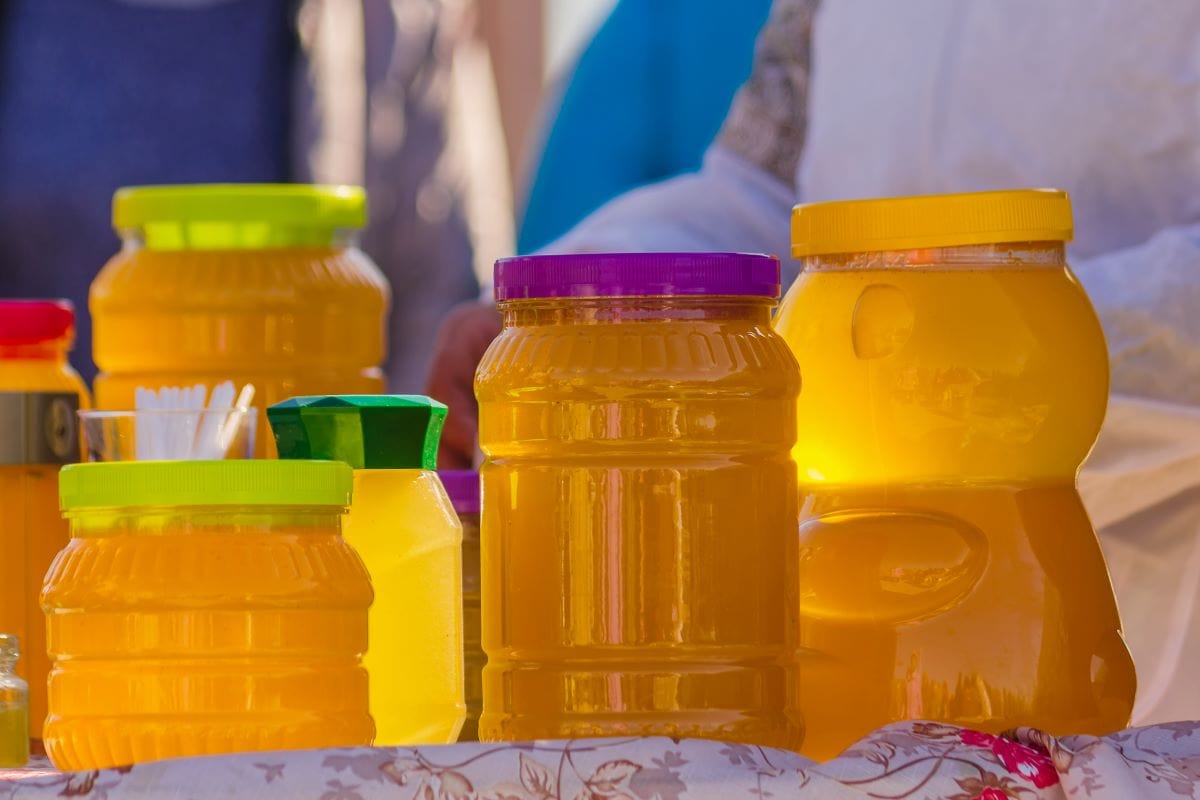
WANT TO SAVE THIS RECIPE?
Some local honey jars come wrapped in elaborate packaging or fancy containers that add little to the honey itself. Beekeepers stress that real honey needs no glitter to prove its worth, so opting for simpler packaging often means paying less for the same quality.
Buying from Middlemen

Local honey sold through multiple retailers or online platforms may include extra markups. Purchasing directly from beekeepers or farmers’ markets cuts out unnecessary costs, ensuring you pay for honey, not layers of distribution.
Choosing Single Floral Source Labels Blindly
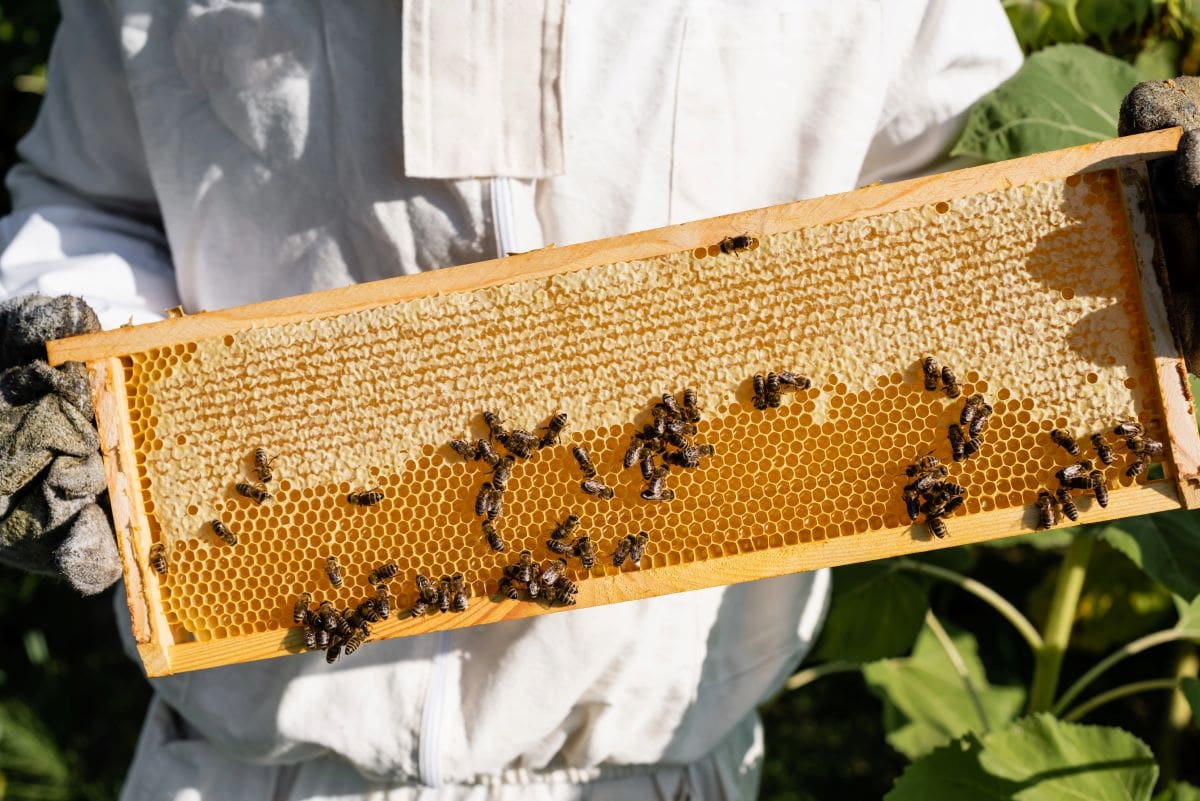
“Single floral source” honey can command a premium, but unless it is genuinely certified, the label might be more about marketing than purity. Beekeepers warn that many local honeys are naturally blended by bees and that authenticity matters more than a fancy tag.
Overlooking Seasonal Variations

Honey prices fluctuate with the seasons due to supply and demand. Buying during off-peak times or bulk purchasing when honey is plentiful can help you avoid inflated prices during scarcity.
Assuming Organic Means Pricier Honey
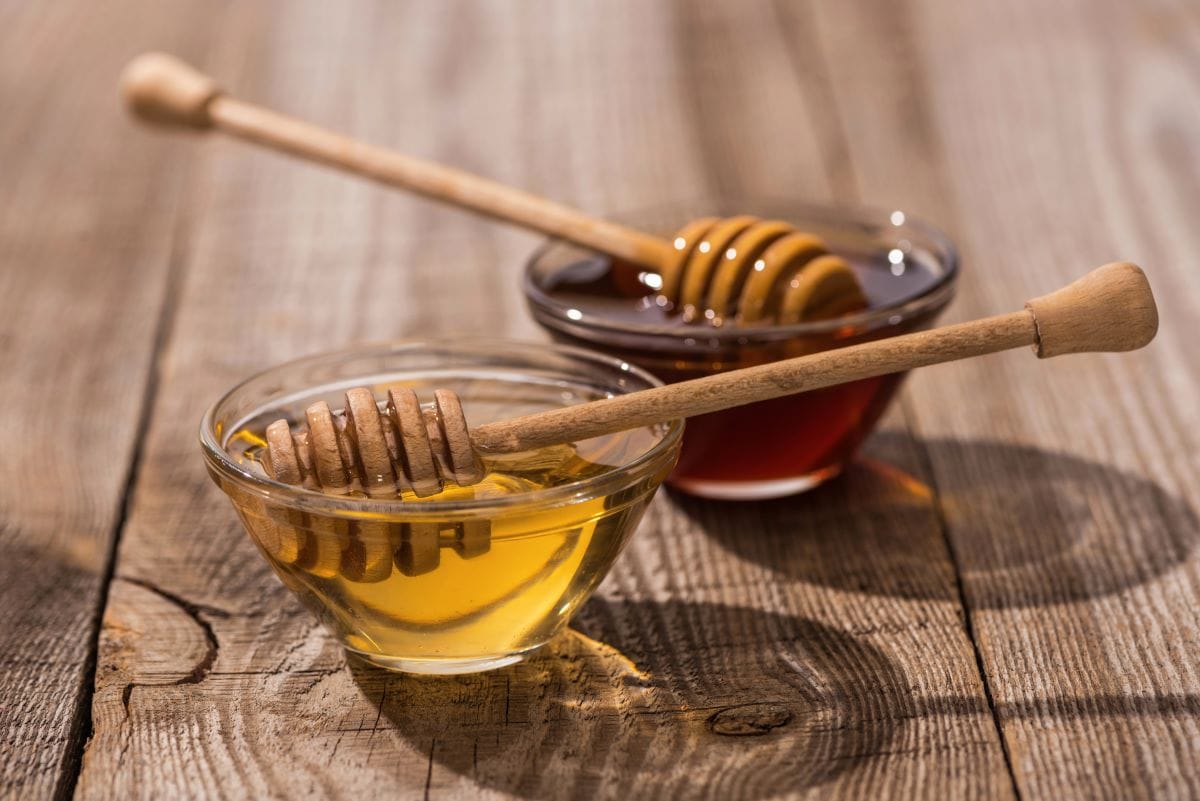
Unlike many crops, organic certification for honey is complex and not always necessary to guarantee purity. Many small beekeepers produce clean, chemical-free honey without the certification costs that trickle down to buyers.
Buying Pre-Filtered Honey
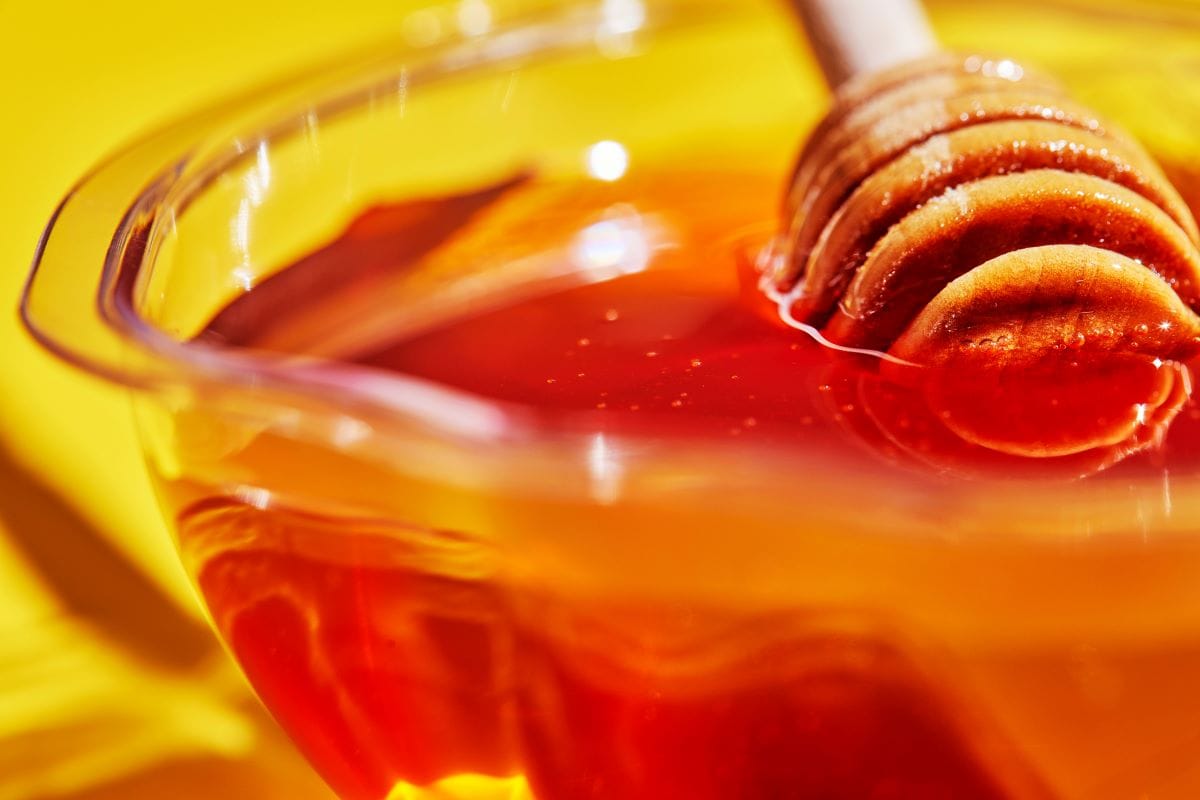
Ultrafiltered honey loses some of its natural pollen and enzymes, yet sometimes comes with a higher price tag. Beekeepers remind us that minimally processed honey is often better for health and taste, and does not need to cost more.
Related: 11 Grocery Stores In Washington That Feel More Like Boutiques Than Markets
Falling for Exotic or Imported Labels
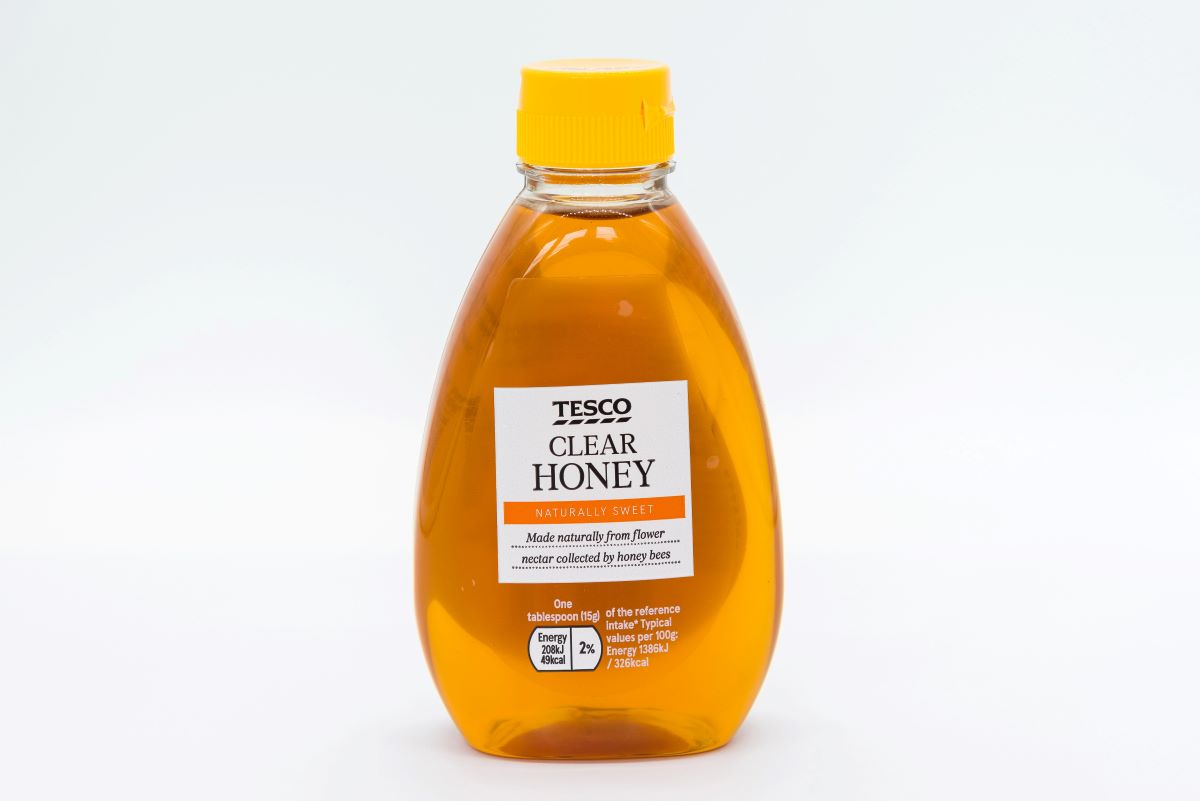
Local honey should mean local. Some sellers label imported or blended honeys as local to attract buyers. Buying from trusted, verified sources ensures you are not paying a premium for something that is neither local nor pure.
Related post: 13 Farmers Market Hacks That Will Save You Money While Eating Fresh
Ignoring Bulk Buying Options
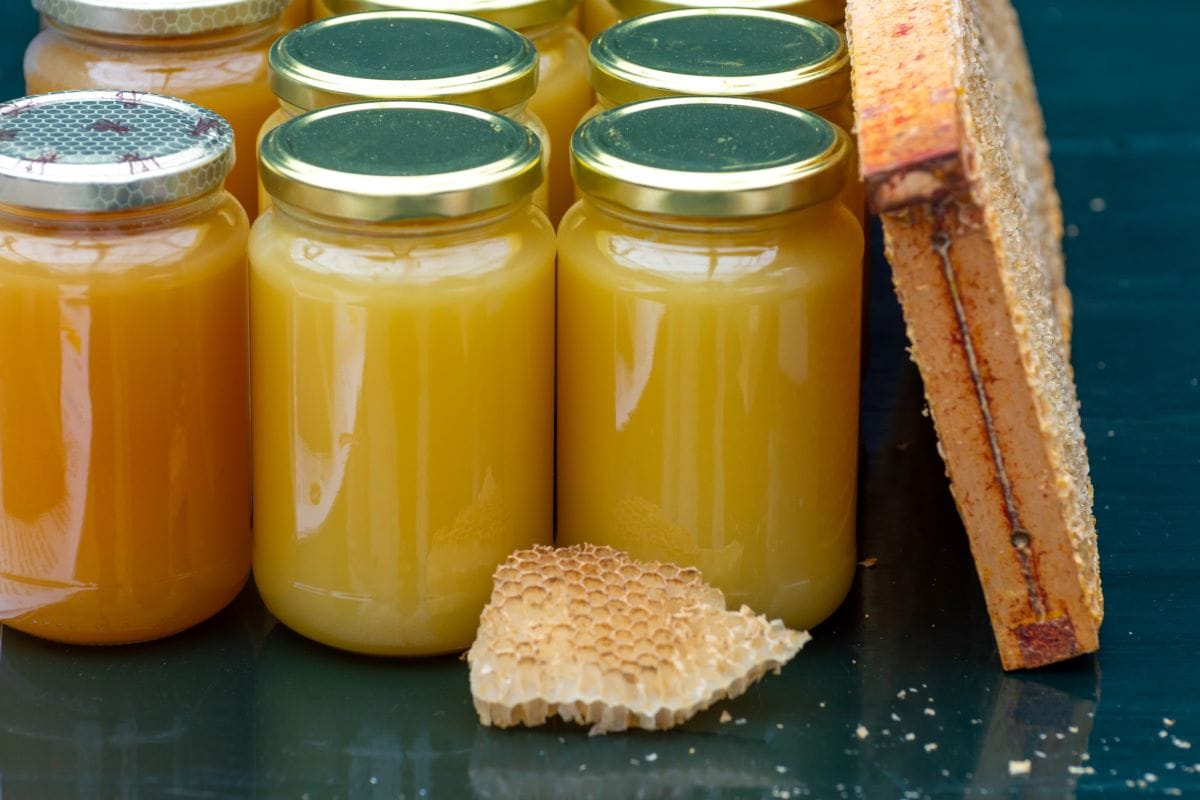
Many consumers buy honey in small jars that cost more per ounce. Beekeepers often offer larger containers or subscription options that reduce the overall cost without sacrificing quality.
Related Post: 14 Restaurants So Gorgeous They Could Be In A Movie Scene
Paying for Added Flavors or Infusions
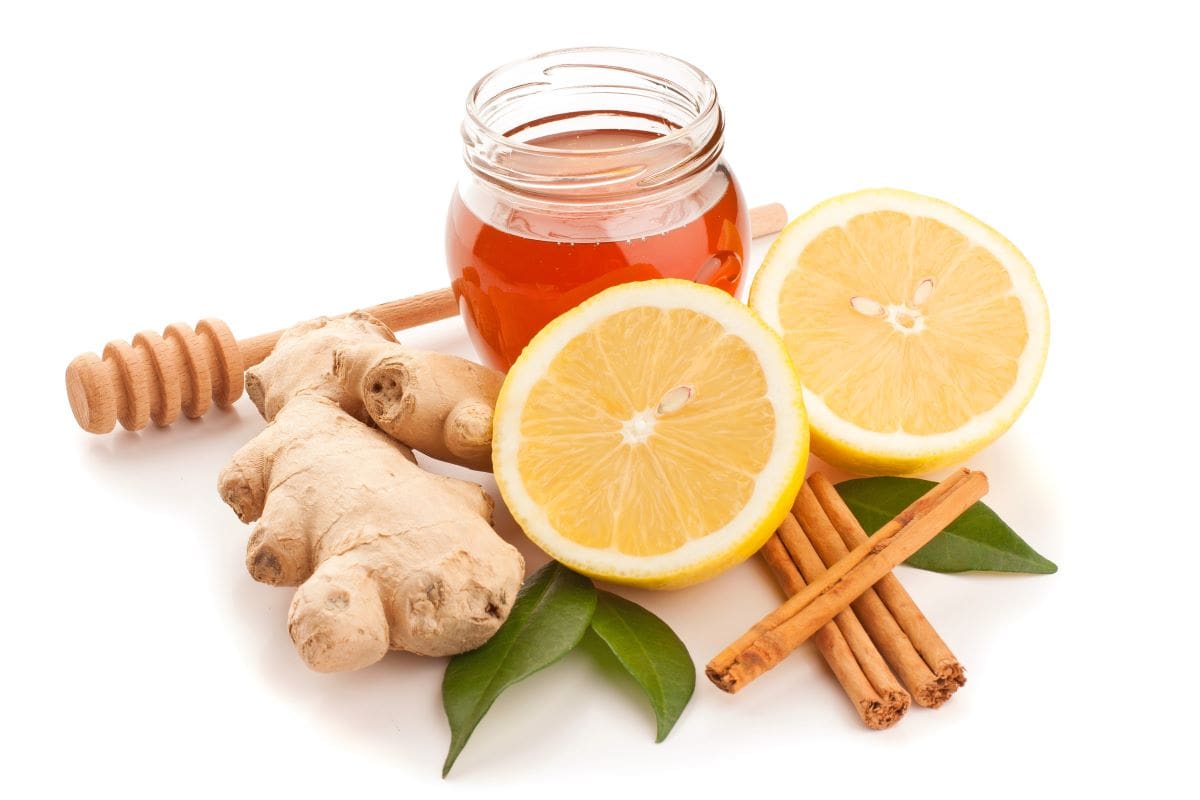
Honey infused with vanilla, cinnamon, or other flavors can be tempting, but these products carry extra costs not related to pure honey. If your goal is local honey’s health benefits, stick to the unadulterated variety.
Related Post: 10 Must-Visit NYC Restaurants That Are Practically Made For Your Next Photoshoot
Not Comparing Prices Across Local Producers
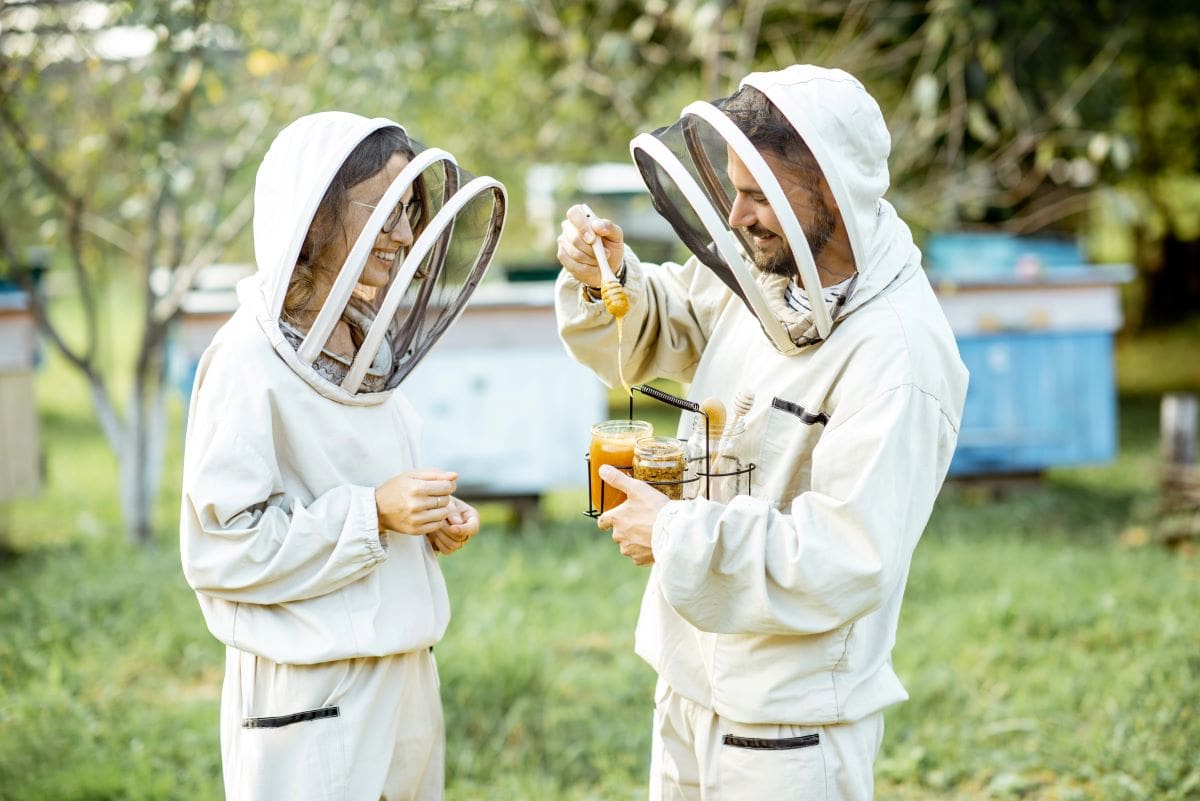
Honey prices vary widely depending on the beekeeper’s scale, region, and methods. Shopping around locally and asking questions can reveal better deals and support beekeepers who prioritize sustainable practices without overcharging.
Related post: 15 Brilliant Recipes That Use Pantry Staples You Already Have
Local honey remains a treasure worth investing in, but like all treasures, its true value is often obscured by marketing and misunderstanding. By learning to identify where overpayments creep in, you become a wiser consumer and a better ally to the beekeepers who dedicate themselves to this ancient craft.
Disclaimer: This list is solely the author’s opinion based on research and publicly available information.
12 Overhyped American Restaurants You’re Probably Paying Too Much For

Across America, countless restaurants build massive buzz through social media and flashy marketing. While some live up to the hype, others leave diners wondering if they got real value for their money.
With steep prices and long wait times, these spots often feel more about the scene than the food. Here are twelve overhyped restaurants where you might be paying for the name, not the experience.
Read it here: 12 Overhyped American Restaurants You’re Probably Paying Too Much For
How to Save $100+ Every Month at the Grocery Store

From planning your meals to avoiding sneaky upcharges in the snack aisle, here’s a realistic guide to trimming your food budget without adding stress to your week.
Read it here: Things Moms Waste Money On (and Don’t Even Know It)
Is Walmart+ Still Worth It in 2025? The Truth After 3 Years

Is the new Walmart Plus worth the annual fee or is it just another failed version of Amazon Prime? I spent my own money trying this service out for 12 months and counting. I have a lot to say about the benefits and drawbacks in this Walmart+ honest review.
Read it here: Is Walmart+ Worth It? Honest Review 3 Years Later!
You’ll love these related posts:
- 14 Stores In Florida Where You Can Stock Up For Less Than $75
- 11 Connecticut Grocery Stores Where Celebs Secretly Shop
- 13 Restaurants Where The Wait Time Is Long But No One Ever Complains
- 14 Farmers Market Trends That Are Taking Over The Food World In 2025
- The 15 Worst Snacks Consumers Are Still Buying
